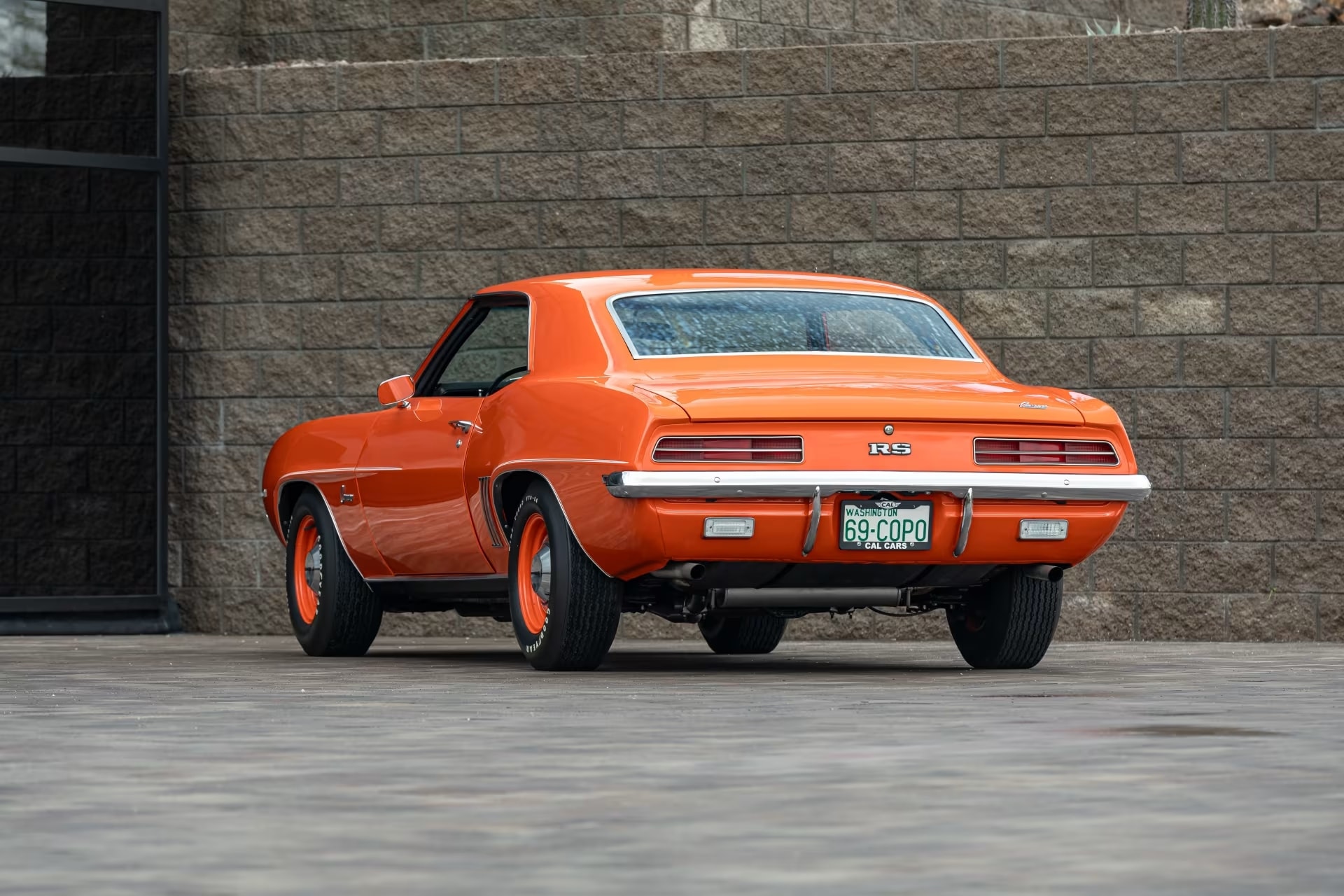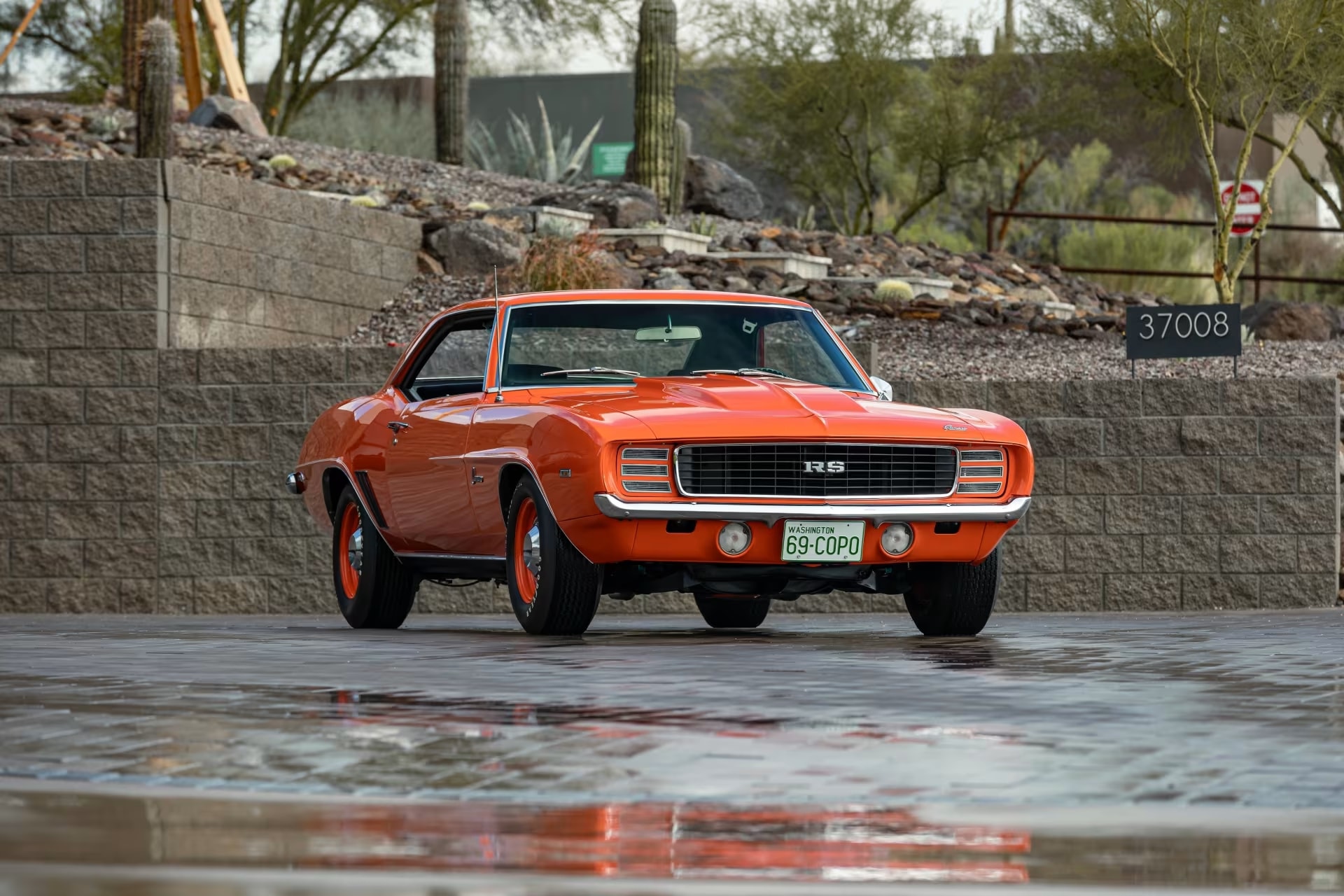In the late 1960s, a group of Chevrolet dealers, aided by connections within GM, devised a strategy to circumvent bureaucratic hurdles and create what became known as the ‘performance COPO’ phenomenon.
Among the legends of Central Office Production Orders (COPO) stands the Camaro, with notable examples like the ZL-1 and the L72 produced in 1969. These COPO variants were not listed in standard production options, serving the specific purpose of fulfilling fleet orders rather than catering to racing enthusiasts.
However, some Chevrolet dealers, including Don Yenko and Fred Gibb, recognized the potential to enhance the performance of these vehicles, leveraging the COPO system to create high-performance models like the ZL-1 and L72.

While precise production figures for COPO Camaros in 1969 remain elusive, estimates suggest a total of 1,066 engines, encompassing both ZL-1 and L72 variants. The L72, in particular, boasted impressive performance, appealing to a broader market due to its relatively lower cost compared to the ZL-1.
One notable example, a 1969 COPO Camaro with a unique history, sheds light on the rarity of these vehicles. Despite challenges, including engine replacements and changes in ownership, this COPO Camaro retains its allure as a coveted collector’s item, commanding significant attention and value at auctions.
As enthusiasts continue to appreciate the legacy of COPO Camaros, their significance in automotive history remains indisputable. These iconic vehicles exemplify Chevrolet’s commitment to performance and innovation, leaving an indelible mark on the automotive world.

